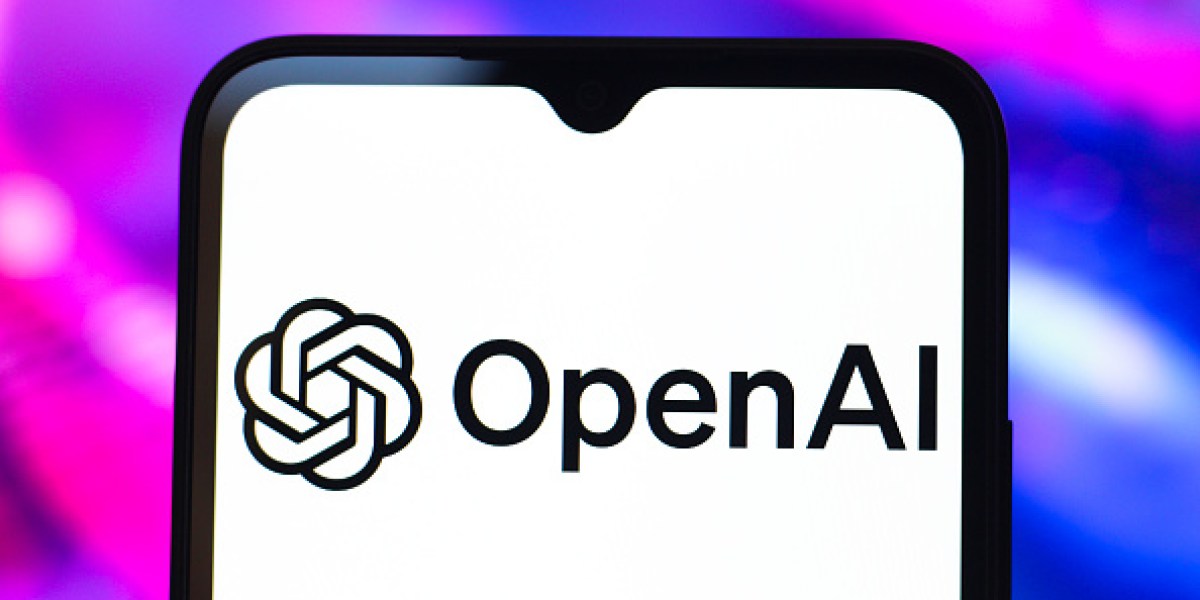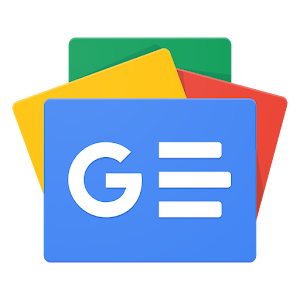New Image Generation and AI Agent Features Introduced by OpenAI and Microsoft, Highlighting Their Platform Strengths

OpenAI’s New Image Generation Feature in ChatGPT
OpenAI has recently introduced an exciting image generation feature powered by its advanced GPT-4o model within the popular ChatGPT service. This new capability not only enhances user experience but also positions OpenAI ahead of its competitors, especially those that lack a similar extent of user distribution.
What is the New Feature?
The newly introduced image generation feature allows users to create images directly from text prompts. This leap in functionality opens up a wide range of creative possibilities for users. Whether it’s for professional use, educational purposes, or personal enjoyment, this feature caters to diverse needs.
- Text-to-Image Generation: Users can input descriptive text, and the system generates a corresponding image. For instance, if a user types, "a sunset over a mountain," the model will generate an image reflecting that scene.
- Customization Options: The feature allows for varying levels of detail and style, accommodating different user preferences. Users can specify the mood, color palette, and more to tailor the output to their liking.
Advantages of OpenAI’s Approach
OpenAI’s scale gives it a significant advantage. With hundreds of millions of users, the company can swiftly roll out new features and gather feedback for continuous improvement. This user base not only enhances the model’s exposure but also contributes to its training data, improving accuracy and diversity in image generation.
Competitive Edge
- Established User Base: OpenAI’s ChatGPT has millions of active users, allowing for immediate implementation and feedback.
- Resource Availability: With substantial resources, OpenAI can invest in further model training and feature enhancements compared to smaller competitors.
- Brand Trust and Recognition: OpenAI’s reputation in AI development boosts user confidence, attracting more sign-ups and engagement, which is crucial for the platform’s growth.
Use Cases for Image Generation
The applications for this technology are wide-ranging and impactful:
- Creative Industries: Graphic designers, marketers, and advertisers can use the tool for generating visuals for campaigns or conceptual designs.
- Education: Teachers can generate visual aids for presentations, making learning more interactive and engaging for students.
- Content Creation: Content writers and bloggers can create custom images to complement their articles and enhance storytelling.
How Does It Work?
The image generation feature operates using complex algorithms and advanced neural networks:
- Prompt Input: Users provide a descriptive text input.
- Understanding Context: The model interprets the prompt by analyzing key elements like nouns, adjectives, and context.
- Image Synthesis: Leveraging vast datasets, the model synthesizes an image that aligns with the provided description.
- Output Variability: Users can request variations by altering their prompts slightly, leading to different images based on the same concept.
User Experience and Feedback
OpenAI continuously seeks user feedback to refine its models. The introduction of the image generation feature aligns with this approach, focusing on user engagement and satisfaction. The responses so far indicate a positive reception, with users appreciating the ease of use and the quality of images produced.
In summary, OpenAI’s new image generation feature within ChatGPT allows users an unprecedented level of creativity, bolstered by the company’s extensive user base and resources. With ongoing updates and user feedback, this feature could significantly transform how we interact with AI in creative processes.






